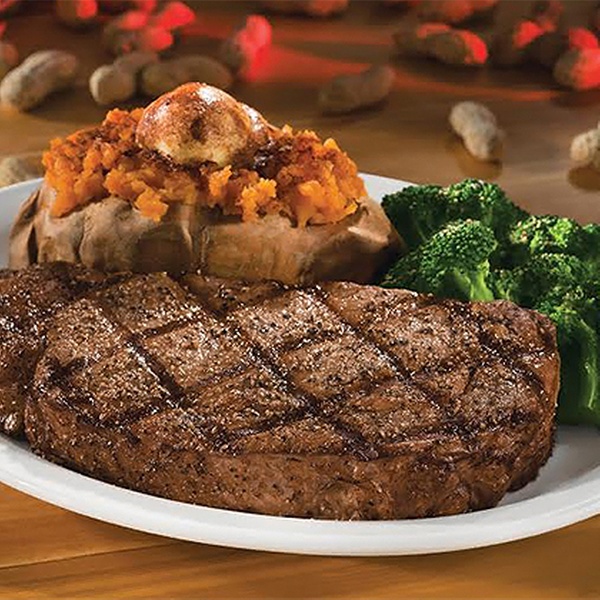This article is intended for an Independent restaurant startup, and not a current demonstrated restaurant idea, or a restaurant establishment that is giving establishment style working frameworks. In planning your menu, consider why you have chosen the menu things and how they identify with your administration framework; be it cheap food, quick easygoing or high end food. For example making a Caesar plate of mixed greens table side does not work in a drive-through joint. The menu and your administration framework are the establishment of your restaurant and must be viable. Start with what you actually feel would be the correct menu for your idea. Try not to concentrate just on what is useful and utilitarian. By concentrating just on the down to earth parts of a menu, you will lose motivation and inventiveness. Simply after you have chosen what you believe are the most engaging things for your menu is it an opportunity to think about their common sense.
Cost of item is a fundamental thought. For instance, on the off chance that your idea is quick easygoing, at that point your price point will presumably be in the 6.00 to 14.00 territory. Yet, since the discount cost of lobster or a prime cut of New York steak removes you from the quick easygoing ballpark, they would not be viable with the valuing of your menu. Your valuing must mirror your style and administration. A very good quality gourmet menu would be totally strange in an inexpensive food outlet, with its basic stylistic theme and expedient help.

Another thought is the expertise level of your representatives. On the off chance that you plan on opening a cheap food or quick easygoing logan’s roadhouse menu prices, you have to recruit kitchen faculty whose abilities are similar with a follow through on scale driven by your menu cost focuses. Alternately, a gourmet, table-side assistance restaurant, with higher menu price focuses, requires a more significant level of worker abilities and experience, and clearly a more proper compensation scale.
The hardware required for certain menu things is a significant factor. The instruments and hardware for a restaurant may vary from those of a development organization; however both are similarly basic to taking care of business accurately. Your menu will direct the required gear and its related expense. For instance, do you need a barbecue, or a profound fat fryer? Assuming this is the case, at that point you should factor in the expense of an oil trap and a vented hood with fire concealment hardware. This can undoubtedly add 25,000 to 50,000 to your hardware bundle.